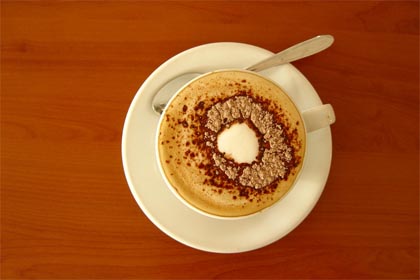46. According to USPTO rules and procedure, which of the following can be overcome by an affidavit under 37 CFR 1.131? (A) A rejection properly based on statutory double patenting. (B) A rejection properly made under 35 U.S.C. § 102(d) based on a foreign patent granted in a non-WTO country. (C) A rejection properly made […]
Patent Bar Review and Study Guide

Search myPatentBar.com
About MyPatentBar
MyPatentBar.com is a Patent Bar Study Guide and resource for questions that currently appear on the Prometric Patent Bar Exam.
Recent comments
Categories
- 35 USC 101
- 35 USC 102(a)
- 35 USC 102(b)
- 35 USC 102(c)
- 35 USC 102(d)
- 35 USC 102(e)
- 35 USC 102(f)
- 35 USC 102(g)
- 35 USC 103
- 35 USC 112 (P1)
- 35 USC 112 (P2)
- 35 USC 112 (P6)
- Exam Concepts
- Exam Questions
- Home
- MPEP 0100
- MPEP 0200
- MPEP 0300
- MPEP 0400
- MPEP 0500
- MPEP 0600
- MPEP 0700
- MPEP 0800
- MPEP 0900
- MPEP 1000
- MPEP 1100
- MPEP 1200
- MPEP 1300
- MPEP 1400
- MPEP 1500
- MPEP 1600
- MPEP 1700
- MPEP 1800
- MPEP 1900
- MPEP 2000
- MPEP 2100
- MPEP 2200
- MPEP 2300
- MPEP 2400
- MPEP 2500
- MPEP 2600
- MPEP 2700
- Uncategorized
- Updates
Commercial Prep
Links
Test Simulators
Get smart with the Thesis WordPress Theme from DIYthemes.